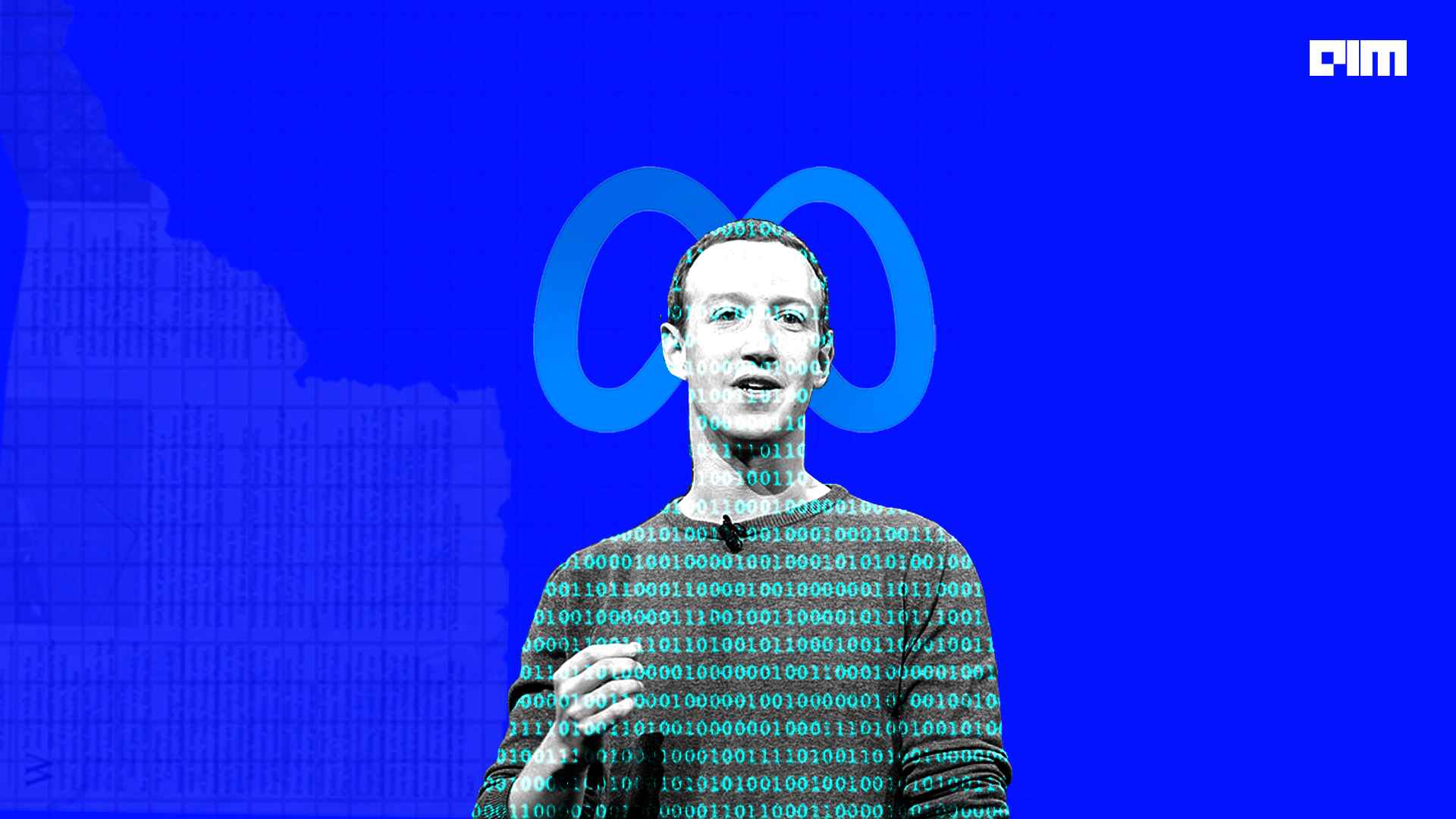Meta’s Facebook, and Instagram have been regularly scrutinised their algorithms. From a macro perspective, all big tech has been criticised for the opaque algorithms and machine learning applications, most of which arise because of the black-box nature of AI. Today, most computer systems are a ‘black box’, meaning engineers can see the input and its resulting output but not the computer processes that led to it. These are silent on the solutions, how they work, why they know your preferences and how they provide the best outputs. Uncovering the black box problem has become a key subject for researchers and ethical AI enthusiasts. Moreover, with companies like Meta, there is no single algorithm; there are several algorithms powered by variations of AI and human collaboration, making it harder to create a standard approach to understanding them.
The AI System Card
Meta’s Responsible AI team has taken one step ahead and introduced a prototype of their tool to provide insights into the underlying architecture of an AI system, called the AI System Card tool. The System Cards help explain how the system operates with different levels to the card. This inaugural AI System Card deals with models comprising an AI system to understand better the system’s operation based on a user’s history, preferences, settings, and more. The pilot System Card explains Instagram feed ranking that takes as-yet-unseen posts from the accounts that a user follows and then ranks them based on the user’s likeliness to be interested in them.
The team has envisioned experts and non-experts to both be the audience for System Cards to provide their feedback for human interface in a repeatable and scalable way for Meta. Furthermore, given the technically accurate nature of the framework, it can easily capture the nuances of how the system operates, even at Meta’s large scale. Thus, it is ‘easily digestible for everyday people using the technologies’.
Inside an ML model with System Cards
Different ML models work in different ways, and they typically work in collaboration with other models to produce effective outcomes. Given this, the models may interact differently based on the macro systems, preventing model cards, a standard for model documentation, from fully explaining the AI system. Meta explained this with an example stating, “Our image classification models are all designed to predict what’s in a given image, they may be used differently in an integrity system that flags harmful content versus a recommender system used to show people posts they might be interested in.”
System Cards were developed as a hybrid between common XAI approaches of model cards and datasheets that explain how models are built and the data used to train them. The System Cards approach was chosen because it is a way to understand how the model outputs are used in a wider product, the policy actions resulting from this use and their impact on the users. These cards can also be applied to translate languages, detect fashion objects and recognise English speech.
Instagram’s feed rank
The pilot project ranks Instagram’s feed to exemplify how the system works and how the AI feed ranking system dynamically delivers personalised experiences. The program works in seven steps.
The first step gathers unseen posts from the user’s followed accounts or liked by their friends. After filtering posts that comply with Instagram’s guidelines, the system predicts the user’s likeliness to interact with the post by collecting attributes and comparing them with historical data of how often the user has interacted with the particular author. For example, the high probability of the user saving, tapping, or watching a post indicates the higher likeliness of interaction with it. The third step is combining the likelihoods into a single numeric score for each post, for instance, 87%, and doing the same for everyone. The fourth step repeats the first three steps for all other post types and then normalises the scores for all. Once all the posts have been scored, the system demotes posts that have been classified to carry misinformation. The second last step ensures the feed contains various posts and prevents similar posts or posts from the same account. Lastly, the system combines the posts and shows them on the user’s feed.
Meta has also described the various components of the feed ranking system. These are
- Sourcing Candidates System that finds all of the unseen content from connections
- Filtering System that removes content violating guidelines
- Scores model that assigns a numeric value to the probability of a user performing an action
- Merge scores that combine the various categories of score
- Boosts library, a set of rules that gives preference to recent posts
- Integrity Demotions, a rule that demotes posts that are inappropriate but do not blatantly violate community guidelines
- Sort by Score that sorts the posts in ascending order of score
- Freshness diversity that reorders posts to show the most recent ones
- Media type diversity that reorders posts to show different types of posts
- Author diversity that reorders posts to show different authors
- Hashtag diversity that reorders posts to show different hashtags
Meta has also created a system card tool site where users can try their hand at interactive exercises to understand how the various components of feed ranking can work on examples of user profiles. This update comes after continuous scrutiny towards the company.












































































